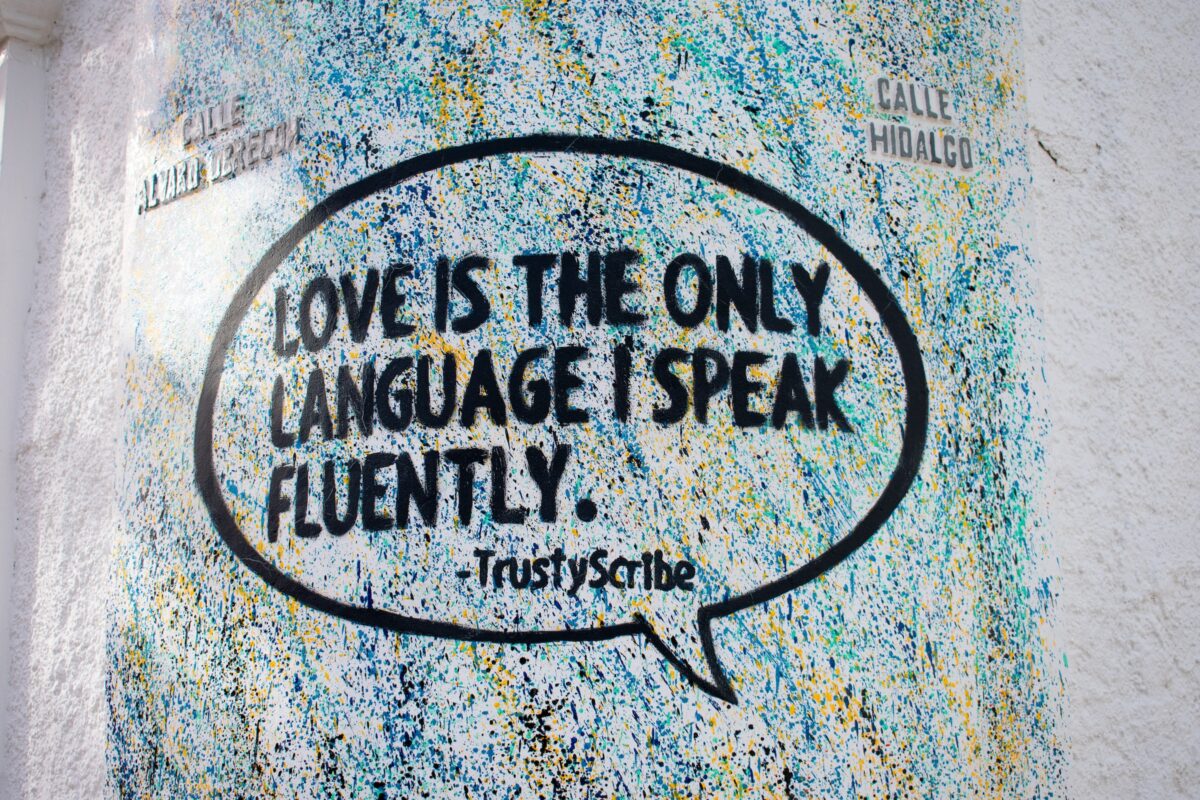Immigration is a hot topic in many countries around the world, and language often plays a key role in the debate. From concerns over language barriers and integration to the use of language as a tool for exclusion, the role of language in immigration is complex and multifaceted.
One of the most significant ways that language fits into the immigration issue is through the question of language proficiency. Many countries require immigrants to demonstrate a certain level of language proficiency in order to obtain citizenship or permanent residency. This is often seen as a way to promote integration and ensure that immigrants are able to fully participate in society. However, critics argue that language proficiency requirements can be unfair or discriminatory, particularly for those who come from marginalized or underprivileged backgrounds.
Language can also play a role in the experience of immigrants once they arrive in a new country. For those who do not speak the dominant language, communication barriers can make it difficult to navigate everyday life, find employment, and access essential services. This can lead to social isolation and exclusion, and can make it more difficult for immigrants to integrate into their new communities.
On the other hand, language can also be used as a tool for exclusion and discrimination. In some cases, anti-immigrant sentiment is expressed through language, with immigrants being labeled as “foreigners” or “outsiders” in derogatory terms. Language can also be used to justify discriminatory policies, such as language requirements that are intentionally designed to be difficult or impossible to meet.
Another issue related to language and immigration is the question of language diversity. Many countries are home to a wide range of linguistic communities, and there are concerns that efforts to promote one dominant language can lead to the marginalization of minority language communities. In some cases, efforts to promote the dominant language can also be seen as a way to erase the cultural heritage and identity of immigrant communities.
Overall, the role of language in the immigration issue is complex and multifaceted, and there are no easy solutions. However, it is clear that language proficiency and communication are key factors in ensuring that immigrants are able to fully participate in society and access essential services. At the same time, efforts must be made to ensure that language diversity is celebrated and that all members of society are valued and included, regardless of their linguistic background.
Share this:
- Click to share on Twitter (Opens in new window)
- Click to share on Facebook (Opens in new window)
- Click to print (Opens in new window)
- Click to email a link to a friend (Opens in new window)
- Click to share on LinkedIn (Opens in new window)
- Click to share on Reddit (Opens in new window)
- Click to share on Tumblr (Opens in new window)
- Click to share on Pinterest (Opens in new window)
- Click to share on Pocket (Opens in new window)
- Click to share on Telegram (Opens in new window)
- Click to share on WhatsApp (Opens in new window)
- Click to share on Mastodon (Opens in new window)


Nice post. I learn something new and challenging on websites I stumbleupon every day. It will always be useful to read through articles from other writers and use a little something from other websites.
Everything is very open with a clear clarification of the challenges. It was really informative. Your site is useful. Many thanks for sharing!
What a information of un-ambiguity and preserveness of precious familiarity about unexpected emotions.